Western red cedar trees and shrubs are pyramidal in form. The trees may grow up to 200 feet tall and 20 feet in circumference, measured above the strongly buttressed base. The cinnamon-red or brownish outer bark is relatively thin, fissured, and scaly, shedding in irregular flakes; the inner bark is fibrous. Short, horizontal, or slightly drooping branches bear dense branchlet systems in flattened sprays that appear bright green on the upper side and dark waxy green beneath. The tiny, pointed, scale-like leaves may have faint whitish patches on the undersurfaces. The egg-shaped or slightly elongated cones, 8 to 12 mm (0.3 to 0.5 inch) long, bear five to six pairs of thin flexible scales. Description from Britannica
Home > Plant Guide >
Scientific Name
Family
Garden Type
Wildlife
Native Plant Region
Light needs
Water Needs
Plant Type
Bloom Color(s)
Height
Width
Months in Bloom
Safe Beneath Power Lines?
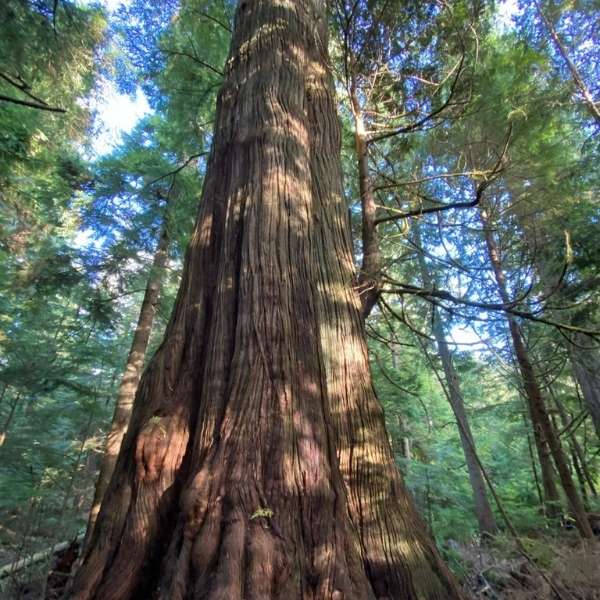
We’d like to maintain accurate and robust plant listings. If you see information that is not correct or that could be added to improve the listing, please let us know. Or if you’d like to suggest a plant to add to our plant guide, you can use this form do so. Thank you!
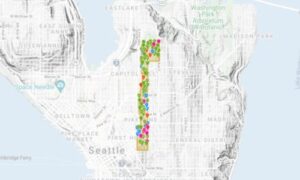
Get involved by sharing and mapping the birds, animals and nature around you to help the community understand the biodiversity in our neighborhood.
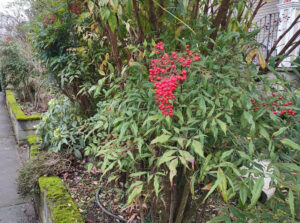
Some introduced plant species can diminish biodiversity. Other plants produce poisons that can harm wildlife. Learn what plants to avoid when figuring out what to plant or remove in your outdoor space.
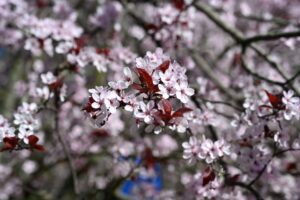
Gardeners can check out seeds for free from the library to plant. Then after harvest, gardeners bring seeds back to the library for others to enjoy in future growing seasons.
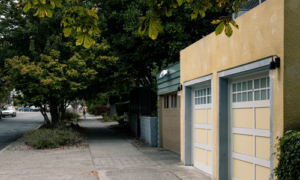
Take a virtual tour of Capitol hill with naturalist and author David B. Williams and gain a new appreciation of the nature of the city and its wild side.
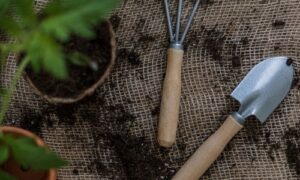
New types of vegetation can attract additional wildlife to an area. You might be surprised how a little green can go a long way!
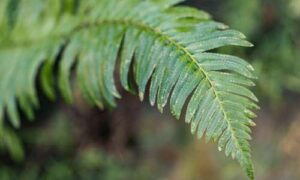
Despite the urban character and the high population density, a surprising diversity of life exists in Capitol Hill. Explore a few physical aspects of our urban ecosystems and meet some of its more-than-human residents.
Nature of Your Neighborhood is a collaboration between Birds Connect Seattle, the Capitol Hill EcoDistrict, and the Seattle Bird Conservation Partnership. Our goal is to foster relationships between the people and the nature of their neighborhoods.